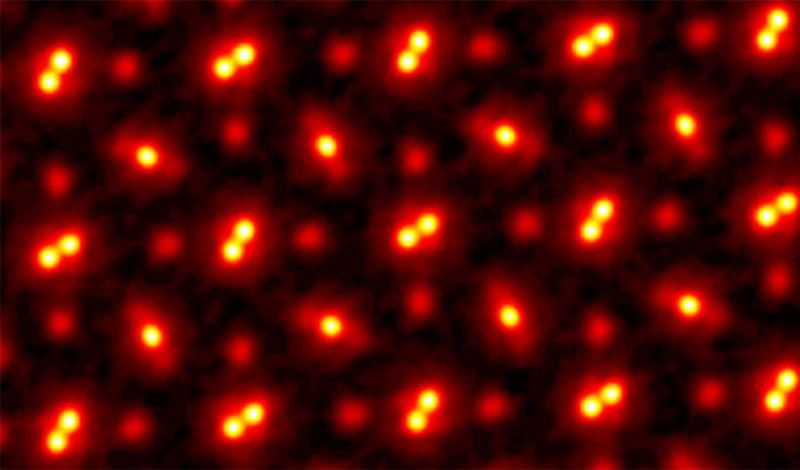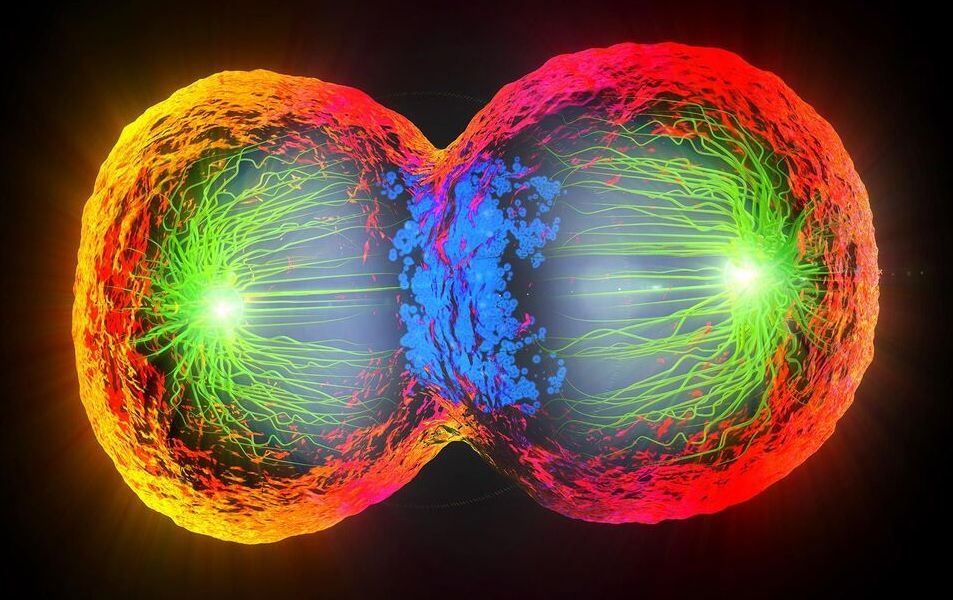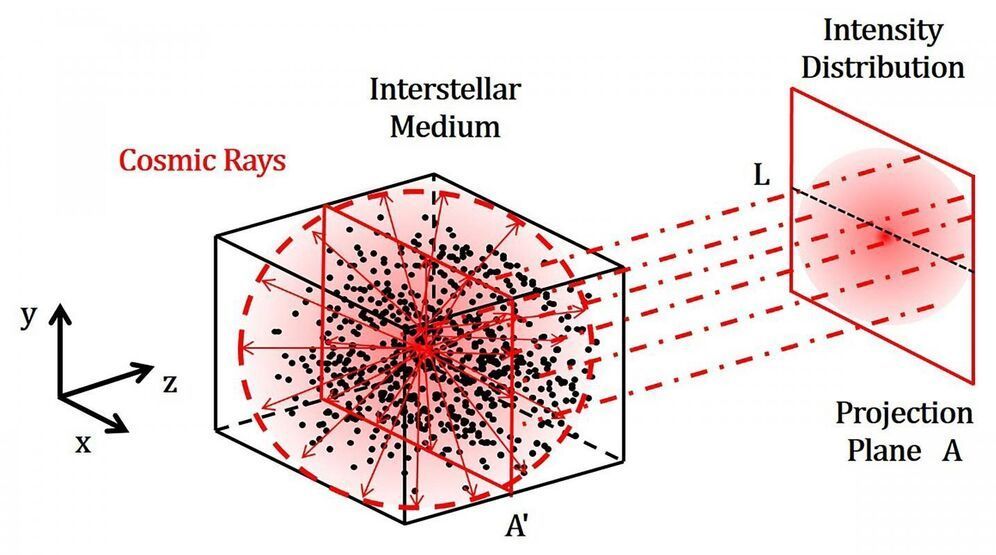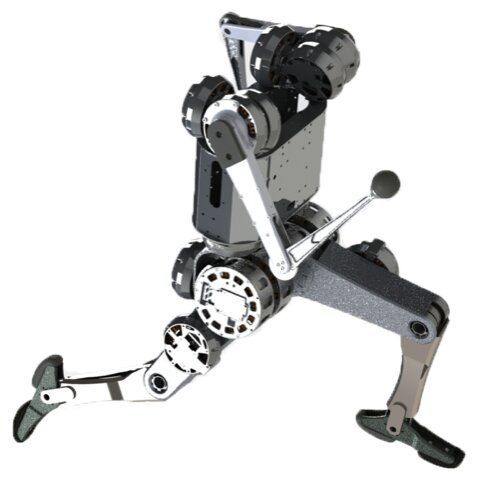Jun 1, 2021
Siva Balu — VP / Chief Information Officer — YMCA of the U.S.A. — People, Potential, & Purpose
Posted by Ira S. Pastor in categories: biotech/medical, business, food, information science, life extension, robotics/AI, security
With 2700 locations across 10000 U.S. communities, YMCA is becoming a major hub for healthy living — From vaccinations and diabetes prevention programs, to healthy aging and wellness — Siva Balu, VP/Chief Information Officer — The Y of the U.S.A.
Mr. Siva Balu is Vice President and Chief Information Officer of YMCA of the U.S. (Y-USA), where he is working to rethink and reorganize the work of the organization’s information technology strategy to meet the changing needs of Y-USA and Ys throughout the country.

















